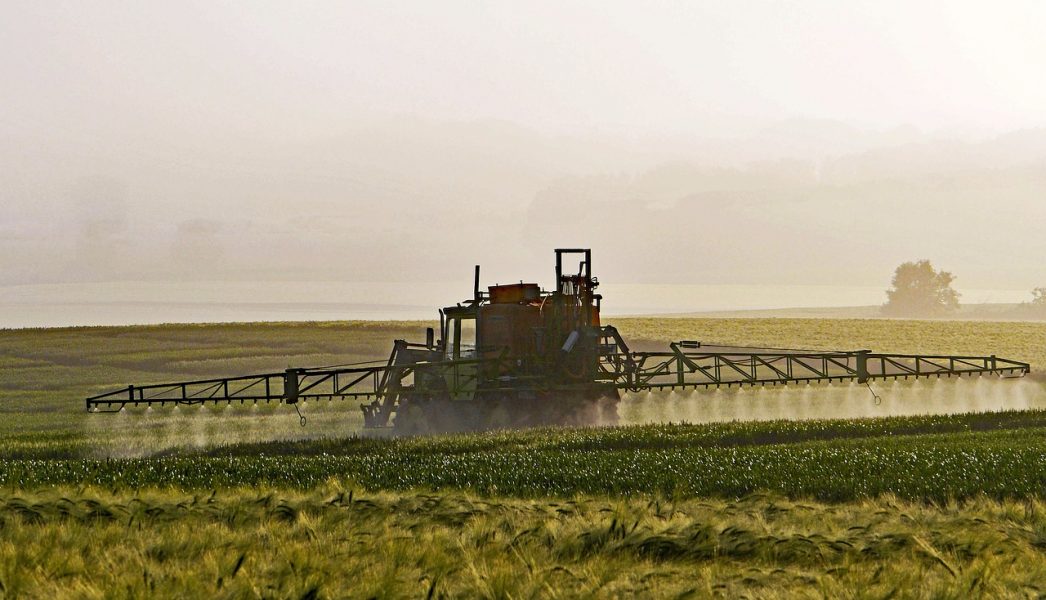How water quality standards for pesticides affect the classification of the chemical status of rivers.


How water quality standards for pesticides affect the classification of the chemical status of rivers.

Is the T-1000 no longer science fiction?

Reseachers from the Italian Institute of Tecnhnology present their superhydrophobic coating from beeswax.

The potential of spider venom for environmentally friendly insecticides

Understanding the hydrological functioning of small catchments is essential to understanding floods, droughts, and the impacts of land use or climate change on water resources.

A smart-farm solution to reduce agriculture water consumption.

In this WIREs Water review, the authors appraise the effectiveness with which emerging technologies and tools can (or cannot) be used to semi-automate the geomorphic analysis of rivers.

Tannic acid, commonly used in medicine or the technical and food industry, may soon help make electronic components and adhesives more durable and better for the environment.

Controlling microalgae production through wavelength and density of irradiating light.

Instead of trying to solve problems within individual disciplines, experts from different fields need to work together in interdisciplinary teams.